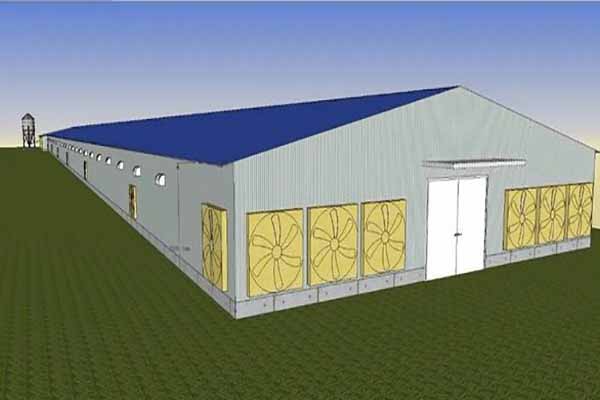How to Start a Chicken Farm in Florida: A Comprehensive Guide
Time : 2025-06-27
Starting a chicken farm in Florida can be a rewarding endeavor, offering the opportunity to engage in sustainable agriculture, provide fresh eggs to the community, and contribute to the local food economy. This guide will provide you with a comprehensive overview of the steps required to start a chicken farm in Florida, from planning to operation.
1. Research and Planning
1.1 Market Analysis
Before diving into chicken farming, it’s crucial to conduct a thorough market analysis. Determine the demand for eggs in your area, understand the competition, and identify potential target markets such as restaurants, grocery stores, and local farmers’ markets.
1.2 Business Plan
A well-structured business plan is essential for securing funding and providing a roadmap for your farm. Outline your goals, market strategy, financial projections, and operational plan.
2. Choosing the Right Location
2.1 Climate Considerations
Florida has a warm, humid climate, so it’s important to choose a location that allows for effective ventilation and temperature control. Look for a site that is elevated to minimize flooding risks and has access to clean water sources.
2.2 Zoning Laws
Check local zoning laws to ensure that chicken farming is permitted in your chosen location. Florida has various regulations regarding agricultural operations, so it’s important to comply with these laws.
3. Selecting the Right Chicken Breed
3.1 Egg-Laying Breeds
For egg production, consider breeds like the Rhode Island Red, Wyandotte, and Leghorn. These breeds are known for their high egg production and disease resistance.
3.2 Meat Breeds
If you plan to raise chickens for meat, breeds such as the Cornish Cross and Brahma are popular choices. These breeds grow quickly and have good feed conversion rates.
4. Building the Coop and Run
4.1 Coop Design
Design your coop with the following considerations:
– Ample space for chickens to move around and lay eggs.
– Proper ventilation to maintain a comfortable temperature and reduce the risk of disease.
– Easy cleaning and maintenance for health and hygiene.
– Security features to protect chickens from predators.
4.2 Run Construction
A secure run is essential for allowing chickens to roam freely while protecting them from predators. The run should be well-fenced and have access to shade and water.
5. Purchasing Equipment
5.1 Feeding and Watering Systems
Invest in a reliable automatic feeding and watering system to ensure that your chickens receive a consistent diet and fresh water. Automatic feeders and drinkers can also save time and labor.
5.2 Laying Nest Boxes
Provide each hen with a laying nest box to encourage healthy egg production. Nest boxes should be well-constructed and comfortable for the hens.
5.3 Health Monitoring Equipment
Equip your farm with scales, thermometers, and other health monitoring tools to keep a close eye on your flock’s well-being.
6. Feeding and Nutrition
6.1 High-Quality Feed
Choose a high-quality feed that meets the nutritional needs of your chickens. Look for feeds that are free from artificial additives and fillers.
6.2 Water Quality
Ensure that your chickens have access to clean, fresh water at all times. Regularly check the quality of the water source and clean the waterers.
7. Biosecurity and Health Management
7.1 Disease Prevention
Implement biosecurity measures to prevent the spread of diseases among your chickens. This includes regularly cleaning and disinfecting the coop and run, and controlling access to your farm.
7.2 Regular Health Checks
Schedule regular health checks for your chickens. Early detection of health issues can prevent the spread of disease and improve overall flock health.
8. Marketing and Distribution
8.1 Establishing Relationships
Build relationships with local grocery stores, restaurants, and farmers’ markets to secure distribution channels for your eggs.
8.2 Branding
Create a strong brand for your chicken farm to differentiate yourself from competitors. This may include a memorable name, logo, and marketing materials.
9. Conclusion
Starting a chicken farm in Florida requires careful planning, knowledge of the industry, and a passion for agriculture. By following these steps and staying informed about best practices, you can establish a successful chicken farm that contributes to the local food community.
Tags












